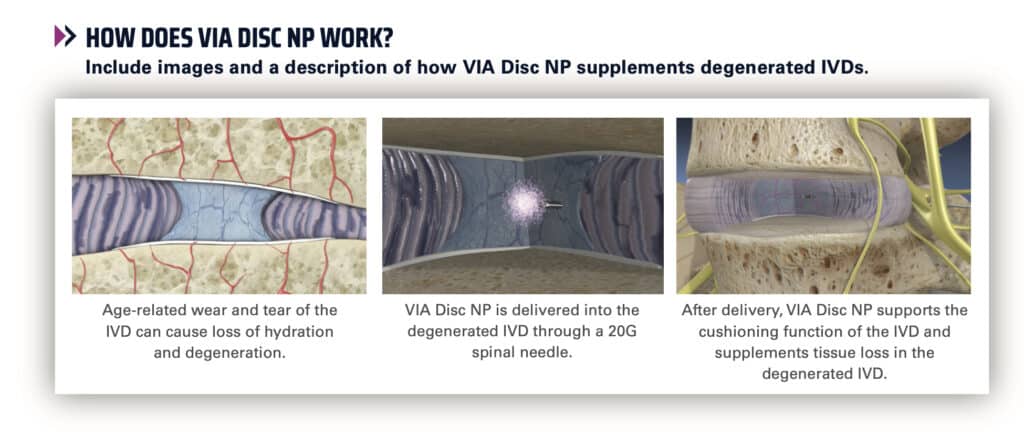Nalu Neurostimulation
Neurostimulation has been used successfully to manage intractable chronic pain for more than 40 years. The therapy uses gentle electrical impulses to interrupt pain signals before they get to your brain. It also offers a drug-free therapy that does not require drugs or physical therapy to work.
How Does Neurostimulation Work?
Chronic pain is pain that lasts more than a few months, and sometimes years. It can be there all the time or may come and go. This type of pain can be caused by many factors, including aging of bones and joints, injuries that have not healed properly, and peripheral nerve injury or inflammation.
If conservative treatment options have failed, neurostimulation may provide the relief you are searching for. Neurostimulation is a process in which thin wires are placed under the skin of the back next to the spinal cord or a peripheral nerve.
These wires are called “leads” and carry mild electric pulses which calms the nerves sending pain signals to the brain. These leads are controlled by an implanted pulse generator (IPG) which determines the type and duration of these pulses.
How Nalu Neurostimulation Can Relieve Your Pain
The Nalu Neurostimulation System may be able to reduce pain by blocking the pain signals on the nerve that carries those signals to your brain.
- The Nalu micro-IPG is implanted and produces mild electrical pulses
- The tiny size means it’s less noticeable than traditionally-sized IPGs and provides more options for discreet placement
- Minimizes the likelihood of pocket sight pain (0 reports of pocket sight pain in the current PNS RCT data)
- Thin wires, called leads, are placed under the skin near the affected nerves
- A wearable Therapy Disc powers and controls the system
- The Nalu app provides remote control of program settings from a smartphone
Your physician will choose the appropriate place for the Nalu micro-IPG and the tiny leads, depending upon your anatomy. They’ll also determine if you’re a better candidate for a spinal cord stimulator or peripheral nerve stimulator.
- Peripheral Nerve Stimulation: Thin, flexible wires are implanted near a nerve and connected to a stimulator placed under the skin to deliver stimulation with the goal of relieving pain.
- Spinal Cord Stimulation: Thin, flexible wires are implanted near your spinal cord and connected to a stimulator placed under the skin to deliver stimulation with the goal of relieving pain.
Why Nalu?
Tiny IPG
One part of the system that gets implanted in your body is called an implantable pulse generator (IPG). An IPG generates mild electrical impulses to interrupt pain signals before they get to your brain. The tiny size of the Nalu micro-IPG means your physician has more flexibility to put the IPG in the appropriate place to treat your chronic back or leg pain.
Thin lead
The other part of the system that gets implanted in your body is called a lead. The lead carries the pulses generated by the IPG to the spinal cord or affected nerve to block the pain signal. This will be placed near the nerve area your physician determines to be the one most likely to resolve or lessen your chronic pain.
Implant you can “test drive”
Patients are able to test drive the system for 5-7 days with temporary product to ensure their pain relief before moving forward with the implantable device
Wearable battery and control disc
A battery and control system are both contained in a small Therapy Disc that you wear in a comfortable adhesive clip over the implanted IPG. The system comes with two Therapy Discs. You can wear one while the other one is charging, then just switch them when the one you are wearing needs to be recharged.
You control when you wear the battery
You can remove the Therapy Disc and adhesive clip any time you don’t need active stimulation or want to wear a swimsuit or tight-fitting clothing.
Smartphone control
You can control the intensity of your therapy and change the kind of therapy delivered by your system from an iPhone or Android smartphone.
Longest IPG service life
It is unlikely the IPG will need to be replaced for 18 years. And you will never need surgery to replace the battery because for the Nalu Neurostimulation System the battery is outside your body.
See what our doctors are saying about the benefits of neurostimulation on the Southeastern Spine Institute’s medical podcast, Back Talk.
SURGICAL PROCEDURES

